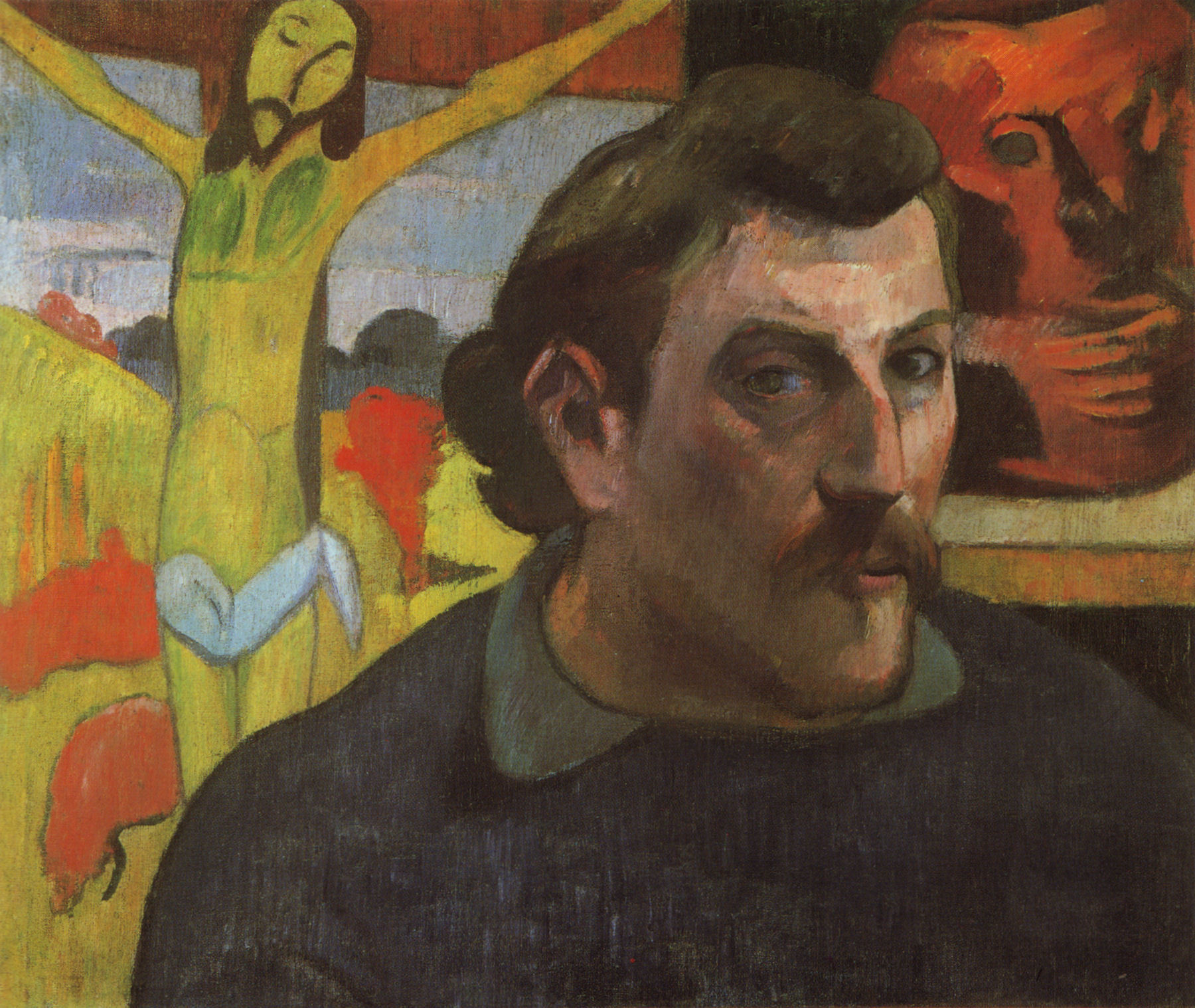Vahine no te vi is one of the earliest of about 70 paintings Gauguin produced during his first visit to Tahiti.
By 1890, Gauguin had conceived the project of making Tahiti his artistic destination. A successful auction of paintings in Paris along with other events, including a banquet and a benefit concert, provided the necessary funds. After visiting his wife and children in Copenhagen for what turned out to be the last time, Gauguin set sail for Tahiti on 1 April 1891, promising to return a rich man and make a fresh start. His avowed intent was to escape European civilization and "everything that is artificial and conventional."
He spent the first three months in Papeete, the capital of the colony and already much influenced by French and European culture. Then, he decided to set up his studio in Mataiea, Papeari, some 45 kilometres from Papeete, installing himself in a native-style bamboo hut. Here he executed paintings depicting Tahiti.
Gauguin later wrote a travelog (first published in 1901) titled Noa Noa, originally conceived as commentary on his paintings and describing his experiences in Tahiti. Modern critics have suggested that the contents of the book were in part fantasized and plagiarized.
P.S. Our author asks here if Paul Gauguin, when he visited Tahiti in the 1890s, was a genius in search of paradise, or a seedy sex tourist?


 Paul Gauguin
Paul Gauguin